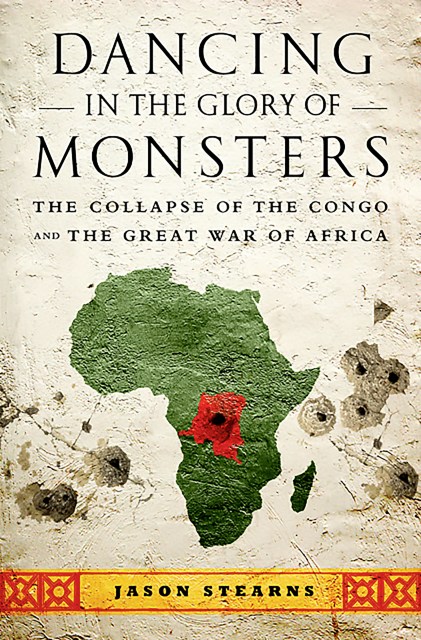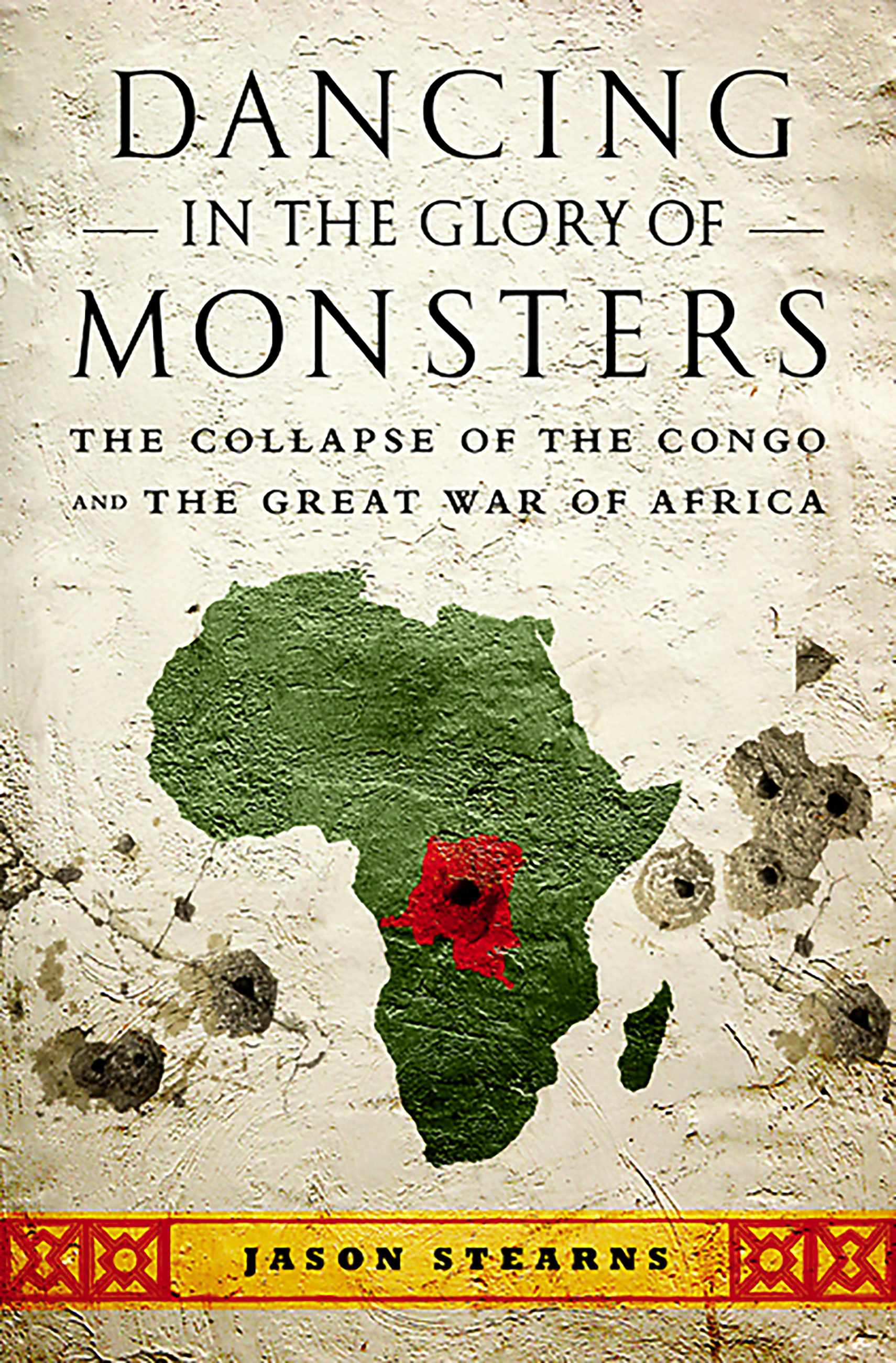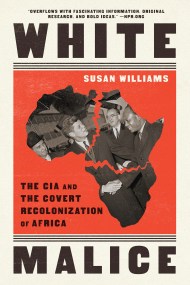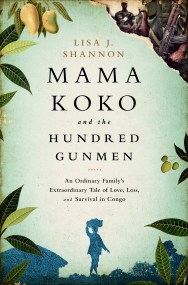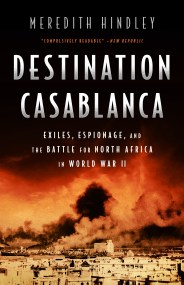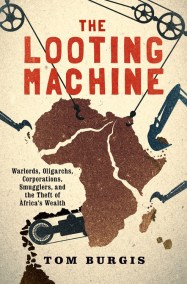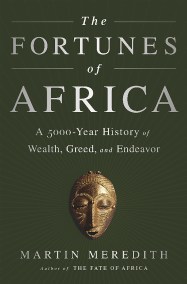Promotion
Use code MOM24 for 20% off site wide + free shipping over $45
Dancing in the Glory of Monsters
The Collapse of the Congo and the Great War of Africa
Contributors
Formats and Prices
Price
$18.99Price
$23.99 CADFormat
Format:
- Trade Paperback $18.99 $23.99 CAD
- ebook $12.99 $16.99 CAD
This item is a preorder. Your payment method will be charged immediately, and the product is expected to ship on or around March 27, 2012. This date is subject to change due to shipping delays beyond our control.
Also available from:
At the heart of Africa is the Congo, a country the size of Western Europe, bordering nine other nations, that since 1996 has been wracked by a brutal war in which millions have died. In Dancing in the Glory of Monsters, renowned political activist and researcher Jason K. Stearns has written a compelling and deeply-reported narrative of how Congo became a failed state that collapsed into a war of retaliatory massacres. Stearns brilliantly describes the key perpetrators, many of whom he met personally, and highlights the nature of the political system that brought these people to power, as well as the moral decisions with which the war confronted them. Now updated with a new introduction, Dancing in the Glory of Monsters tells the full story of Africa’s Great War.
Genre:
- On Sale
- Mar 27, 2012
- Page Count
- 416 pages
- Publisher
- PublicAffairs
- ISBN-13
- 9781610391078
Newsletter Signup
By clicking ‘Sign Up,’ I acknowledge that I have read and agree to Hachette Book Group’s Privacy Policy and Terms of Use
